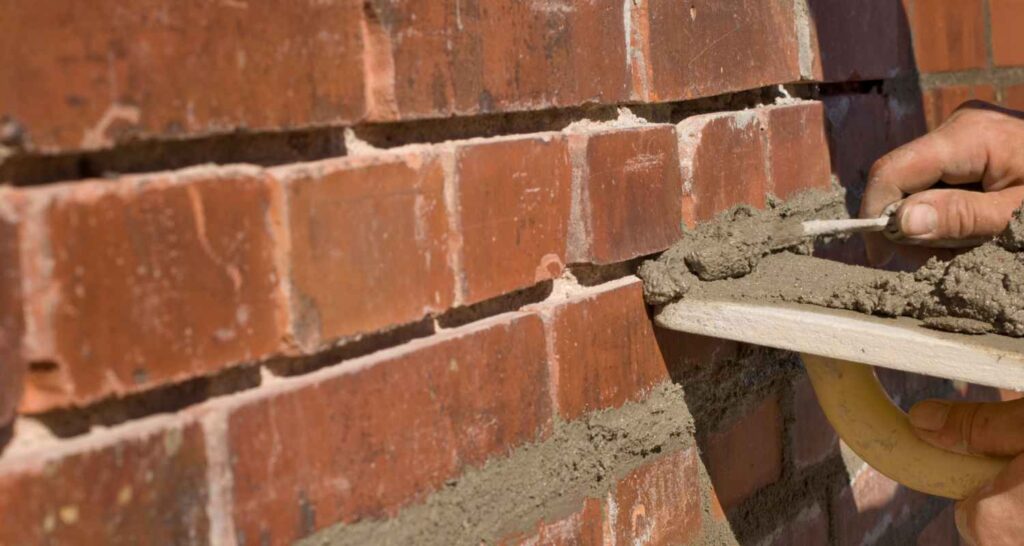We Provide Masonry Service in all MetroWest Areas
(781) 458-9650
(781) 458-9650




(781) 458-9650
MetroWest, MA

01. Tuck Pointing
This method involves carefully removing deteriorated mortar from between the bricks of the chimney and replacing it with fresh mortar. A thin strip of a different-colored mortar is then applied on top, creating a contrasting appearance that gives the illusion of fine, neat joints.
02. Flush Pointing
Flush pointing is a technique used in masonry and brickwork, including chimney repair, where mortar is applied to the joints between bricks or stones and then leveled or "flushed" with the surface of the masonry units. Unlike traditional or recessed pointing, where the mortar is recessed slightly below the surface of the bricks or stones, flush pointing results in a smooth, flat finish where the mortar is level with the masonry surface.
03. V-Pointing
V-pointing requires the removal of old mortar from the vertical joints between the bricks. Fresh mortar is applied and shaped to form a V-shaped groove, adding depth and definition to the mortar joints, enhancing both the structural integrity and aesthetic appeal of the chimney.
04. Weather Struck Pointing
Weather struck pointing involves the removal of old mortar followed by the application of new mortar. The new mortar is then shaped and tooled to form a slightly raised ridge along the face of the brick, providing additional protection against weathering and enhancing the chimney's durability.

Baystate Masonry is phenomenal! Their Masonry services are exceptional. Prompt, reliable, and fixed my issue perfectly. 5 stars without a doubt.
Daniel Clarke
There are several signs that indicate your chimney may need repointing:
Visible Damage to Mortar Joints: Inspect the mortar joints between the bricks or stones of your chimney. Look for signs of deterioration such as cracks, gaps, crumbling, or missing mortar.
Water Leaks or Water Stains: If you notice water leaks inside your home near the chimney, or water stains on the walls or ceiling around the chimney area, it could indicate deteriorated mortar joints that are allowing water to penetrate the chimney structure.
Efflorescence: Efflorescence is a white, powdery substance that forms on the surface of masonry materials when water evaporates and leaves behind salt deposits. If you see efflorescence on your chimney, it may indicate moisture issues caused by damaged mortar joints.
Loose Bricks or Stones: Check for any loose or dislodged bricks or stones on the chimney. Loose masonry units can be a sign of weakened mortar joints that need repair.
Sagging or Leaning Chimney: If your chimney appears to be sagging or leaning, it could indicate structural issues caused by deteriorated mortar joints. In such cases, immediate attention from a professional is necessary to assess the extent of the damage and determine the appropriate repairs.
If you observe any of these signs, it’s essential to have your chimney inspected by a qualified chimney repair specialist. They can assess the condition of the mortar joints and recommend the necessary repairs, including repointing if needed, to ensure the safety and integrity of your chimney.